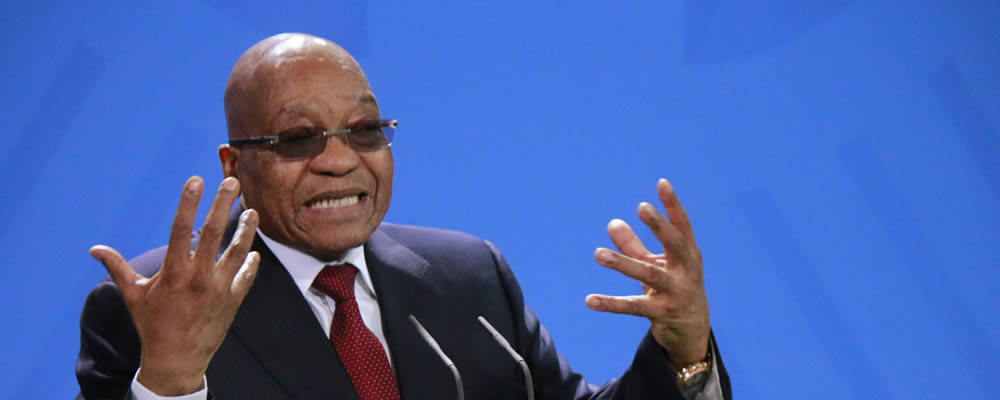
Of all Zimbabwe’s affected trading partners, South Africa has been the leading voice against Zimbabwe’s protectionist trade policies.
It looked at one time as if it would all spill into a diplomatic fall-out when South Africa’s protest grew louder with the promulgation of Zimbabwe’s Statutory Instrument 64 of 2016 back in June of 2016. Fierce cross-border violent protests followed the restrictions at Beitbridge and in Musina, border towns between Zimbabwe and South Africa.
The diplomatic fall-out was not really to be, at least in public. However, since then the matter has remained a topical issue between Pretoria and Harare with the involvement of the SADC’s Committee of Ministers responsible for trade matters (CMT).
While on the outside there may appear to be animosity between the two trading partners over Harare’ protectionist policies, Pretoria is, in fact, actively engaged with Zimbabwe’s trading and investment opportunities.
It is clear that South Africa is doing this in a very strategic manner.
In relation to SI 64 of 2016 and Harare’s other protectionist measures, South Africa has been demanding tariff concessions on at least 112 products its companies and businesses are exporting into the Zimbabwean market.
On last check, Zimbabwe’s Minister of Industry and Commerce was seemingly sounding adamant that Zimbabwe would not easily give in to these demands.
Whilst all this is happening, South Africa has not relented on painting Zimbabwe as a promising trade and investment destination.
Over the last few years, Pretoria has been sending to Zimbabwe business and entrepreneur delegates to scout for opportunities in Zimbabwe’s various sectors. Some of the delegates were even sponsored by the government to visit Zimbabwe.
I once wrote here indicating that smart Zimbabwean entrepreneurs should read into what South Africans are targeting in Zimbabwe to identify what opportunities for investment lie beneath the surface within their own country.
It is obvious that South Africa has better resources and the expertise required to do the necessary market research which Zimbabwean entrepreneurs and businesses can benefit from by just observing on the ground what the South Africans are after.
Six years ago, back in 2012, South Africa’s deputy Minister of Trade and Industry, Ms Elizabeth Thabethe said
Since then, on the retail front, the South African supermarket giant, Pick n Pay, which entered Zimbabwe in November 2011 and has a 49% equity in TM Zimbabwe has continued to increase its investment in Zimbabwe.
During the just ended 2017 Zimbabwe International Trade Fair (ZITF), Lerato Nonyane, of Johannesburg, an entrepreneur and founder of Molly’s Food Enterprise, was at the Fair announcing her entry into the Zimbabwean soft drink industry with her range of Molly’s Powder drink.
This is not just a random happening. It is consistent with the strategic areas of South African interest in Zimbabwe mentioned six years earlier by the then deputy Minister of Trade and Industry as quoted above.
The coming into play of SI 64 of 2016 is clearly a temporary set-back for the South Africans whose determination to enter the Zimbabwean market is almost cast in stone. Their policy consistency despite changes that may occur at gate keeper level, in the form of Ministers, is adorable.
It may be the case that SI 64 of 2016 came with a silver lining for Pretoria.
While Zimbabwe may not give in to those specific demands concerning tariff reduction on the 112 products, in international trade negotiations, there are many other ways of compensation.
Whilst many of us will likely remain outsiders to the intimate details of the consultations between Pretoria and Harare over SI 64 of 2016, there is reason to speculate that whatever Zimbabwe will settle on as compensation for South Africa’s loss of the Zimbabwean export market, due to the restrictions, will further South Africa’s aggressive objective to enter the Zimbabwean market.